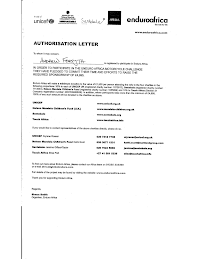As a co-track chair for the 2009 National HIV Prevention Conference, I traveled to the CDC in Atlanta on Sunday for the second time in a month to sort through scientific abstracts and to create coherent conference sessions with my colleagues that highlight – and, hopefully, stimulate further – advances in HIV prevention in the U.S. It’s been a ton of work, but it has also been a great opportunity to meet and interact with some of the most accomplished people in the fight to curb the epidemic here in the States and beyond. And the CDC is always an interesting place to visit.
Best of all, I happened upon a new technology installation at the CDC's Global Health Odyssey Museum entitled “Design for the Other 90%,” and that greeted visitors with the following statement:
“The majority of the world’s designers focus all their efforts on developing products and services exclusively for the richest 10% of the world’s customers. Nothing less than a revolution in design is needed to reach the other 90%.”—Dr. Paul Polak, International Development Enterprises
Design for the Other 90% showcases designs that incorporate new and traditional materials, and abandoned and emerging technologies to solve myriad problems—from cleaner-burning sugarcane charcoal to a solar-rechargeable battery for a hearing aid, from a portable water-purification straw to a low-cost laptop. By understanding the available resources and tools as well as the lives and needs of their potential users, these designers create simple, pragmatic objects and ingenious, adaptive systems that can help transform lives and communities.
– CDC Global Health Odyssey Museum
To learn more about this incredible work, visit the installation online at Design for the Other 90%.




No comments:
Post a Comment